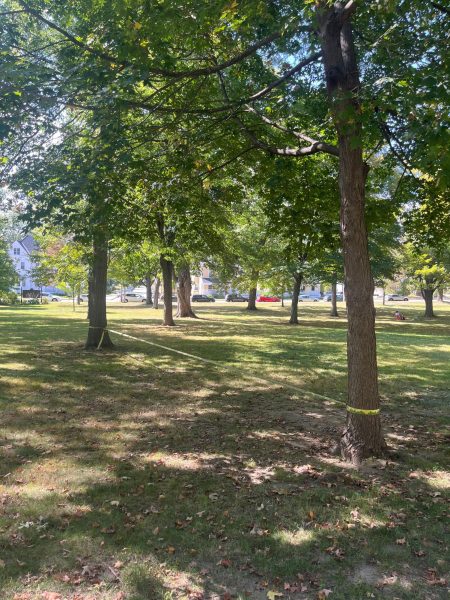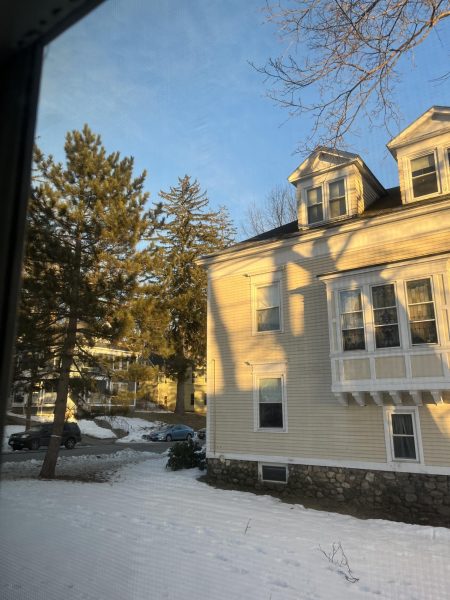“Victims” and The Criminal Injustice System
Last year, Jacob Blake was shot seven times by a police officer, leaving him paralyzed. Like other instances of police brutality, the incident (and subsequent lack of justice brought to the officer) sparked outrage in the public. Protests broke out in Kenosha, where then 17 year old Kyle Rittenhouse traveled from his home in Illinois, walked with groups of armed counter-protestors, allegedly murdered two individuals, and wounded another.
Jury selection in Rittenhouse’s trial began Monday morning, and a recent decision from the judge has a lot of folks talking. Judge Bruce Schroeder ruled that the prosecution will not be allowed to refer to the men that Rittenhouse shot as “victims,” or even “alleged victims.” His reasoning for this is that the language is loaded with Rittenhouse’s presupposed guilt. This is not necessarily commonplace in courts, but it is also not unheard of.
Schroeder also ruled that the defense will be allowed to refer to the three people shot as “rioters,” “looters,” or “arsonists.” He explained, “Let the evidence show what the evidence shows. And if the evidence shows that any or more than one of these people were engaged in arson, rioting, or looting — then I’m not going to tell the defense they can’t call them that.”
Firstly, there’s an obvious double standard at play. Schroeder is saying that if the evidence shows the men who were shot engaged in rioting, it’s okay to call them rioters. By that logic, if the evidence shows that Rittenhouse shot them, they should be allowed to be called victims. However, Schroeder doesn’t outline that same standard for the defense.
Secondly, any evidence which could prove or disprove that the people shot were engaged in arson, rioting, or looting, is largely irrelevant in this case. Rittenhouse is the one on trial, and it’s not any more legal to murder someone engaged in looting than it is to murder someone who isn’t engaged in looting. Rittenhouse was not engaged in self defense against rioting or arson (the two people he killed were unarmed and were not engaged in those behaviors at the time of the shooting), so the question of whether or not those crimes were committed is irrelevant.
Thirdly, as prosecutor Thomas Binger has pointed out, words like “rioter,” “looter,” and “arson,” are just as loaded as “victim.” These are pejorative words that are entirely inappropriate for the courtroom, particularly when no one is on trial for looting, rioting, or arson.
Schroeder’s unreasonable decision wasn’t the first time Rittenhouse was protected and shielded by officials. Video shows that bystanders called out to police that he shot people, and he walks with his hands up toward police cars, but the police did not arrest him or even stop to talk to him at the time.
The most important aspect of this story is to remember that when Jacob Blake, a Black man, was accused of a crime, he was shot seven times in the back by a police officer. When Kyle Rittenhouse, a white man, was accused of a crime, officers let him walk freely past, and then a judge ruled the people he appeared to have shot on video aren’t allowed to be called victims. When Jacob Blake was accused of a crime, he reached a plea deal, a process which has been shown to include significant racial bias. When Kyle Rittenhouse was accused of a crime, he was able to post a $2 million bail.
The “justice” system is anything but just. While Schroeder’s decision is significant, it’s just one card in the giant deck of a system that has continuously acquitted police officers guilty of brutality and murder while sentencing Black men to long prison sentences for lesser crimes.
Your donation will support the student journalists of Bates College and help us cover our annual website hosting costs.






